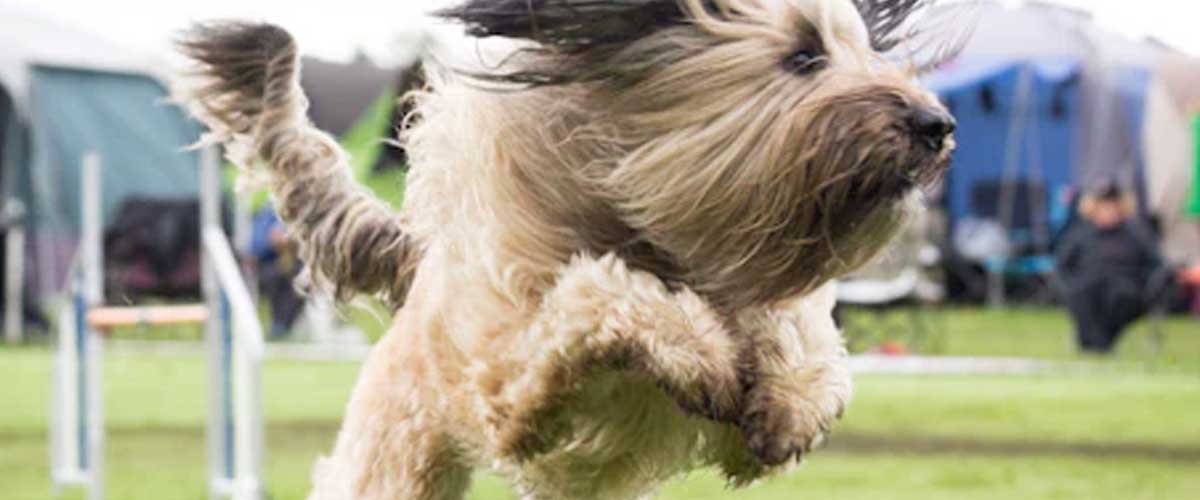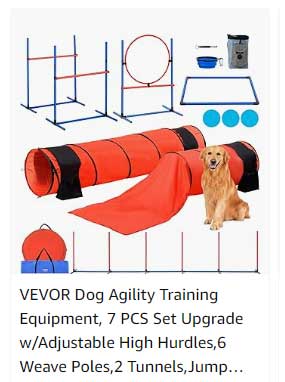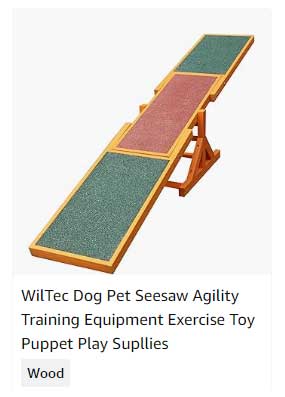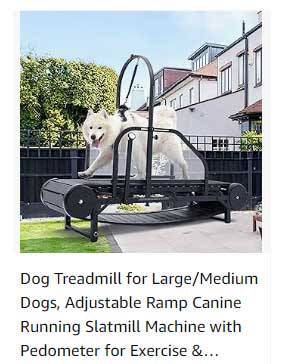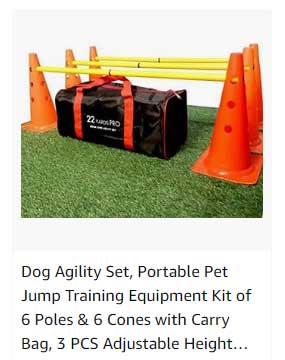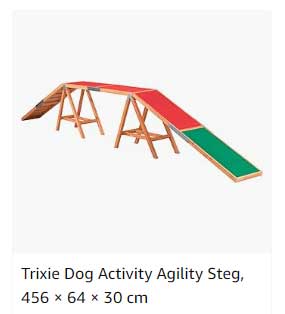In recent years, outdoor fitness has seen a surge in popularity, particularly as accessibility to gyms fluctuates.
One of the most effective and engaging ways to work out outside is through agility training.
Not only does it boost physical fitness, but it also enhances coordination, speed, and overall athletic performance.
If you’re looking to transform your backyard into an agility training zone, you’re in the right place.
Here are some practical steps to create an inspiring and functional space.
1. Assess Your Space
Before diving into design and construction, take a moment to assess your backyard.
Measure the area to get a clear idea of the available space for agility training.
A flat surface is ideal for most equipment, but don’t worry if your yard has some slopes or uneven terrain; with the right training modifications, these can be incorporated as well.
Ensure that the area you select is free of unnecessary obstacles and has good drainage to avoid muddy conditions after rain.
2. Budget-Friendly Equipment
You don’t need to spend a fortune to create an effective agility training zone.
Many agility training tools can be easily made at home or purchased inexpensively.
Here’s a list of essential equipment to consider:
Ladders:
A simple agility ladder can boost footwork and coordination.
You can purchase one or easily create your own using duct tape or painted lines on the ground.
Cones:
These are great for marking distances and can be used for various drills.
You can buy them or even use water bottles or plastic cups as substitutes.
Hurdles:
You can create low hurdles using PVC pipes or old furniture.
They can be adjusted in height as your skills progress.
Jumping Boxes:
These can range from simple boxes to more sophisticated equipment.
Use sturdy crates or build your own from plywood for a DIY solution.
Tires:
Old tires can be repurposed to create a tire run, which challenges both agility and balance.
3. Design Your Layout
With your equipment in mind, sketch a layout for your agility zone.
Consider alternating between straight paths and circuit-based training.
Here are a few configurations:
Linear Drills:
Create a straight line of cones or ladders to focus on speed and agility.
You can set up a series of drills that require quick direction changes, like shuttle runs or backpedaling.
Circular Patterns:
Arrange equipment in a circle, allowing for various drills without having to run back to the starting point.
This layout promotes endurance and agility.
Obstacle Course:
For a fun and challenging workout, design an obstacle course that incorporates all your equipment.
This could include hurdles, tire runs, and ladder drills in a sequence that keeps things interesting.
4. Incorporate Various Drills
Agility training relies on diverse drills to keep workouts engaging and dynamic.
Some effective exercises include:
High Knees:
Incorporate high knees over cones or a ladder to improve the quickness of your foot movement.
Side Shuffles:
Use cones placed a few feet apart to practice lateral movements and enhance side-to-side agility.
Box Jumps:
Jump onto a sturdy box or platform at different heights to build explosive power while engaging your core.
Sprint Drills:
Mark distances with cones and practice sprinting towards them, using sharp turns and changes in direction to refine your speed.
5. Safety First
As with any physical activity, safety should be your top priority.
Ensure that all equipment is stable and secure to prevent injuries.
Since the ground may be uneven, consider laying down an even surface using mats or turf to prevent slips.
Always warm up before starting your agility workouts and cool down afterward to avoid strains.
6. Make It Fun
Finally, remember that agility training should be enjoyable!
Consider inviting friends or family to join you or introduce friendly competitions and challenges to keep the energy high.
Whether you’re training for a specific sport or just looking to enhance your fitness, transforming your backyard into an agility training zone can lead to countless hours of fun, exercise, and personal growth.
With some creative planning and a touch of imagination, you’ll have an exciting outdoor space that challenges and motivates you to reach your fitness goals.

